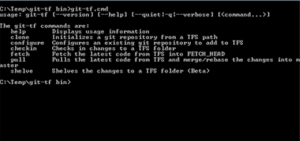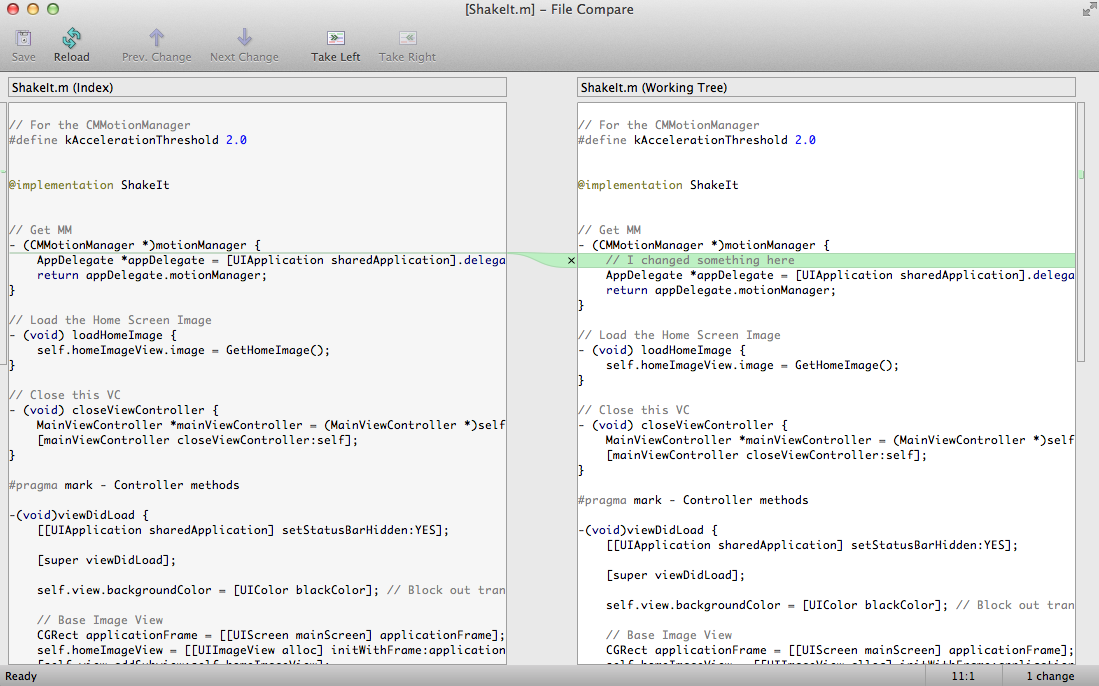

- Git change branch tomcat how to#
- Git change branch tomcat update#
- Git change branch tomcat manual#
- Git change branch tomcat code#
Workflows are essentially automated processes that contain one or more logically related jobs.
Git change branch tomcat code#
A job could be something like telling GitHub actions to build your source code, run tests, or deploy the code that has been built to some remote server. Jobs are the tasks you command GitHub Actions to execute through the YAML config file. And each time a new change is merged into or pushed to X branch, deploy that change to Y server."Īt the core of GitHub Actions lies five concepts: jobs, workflows, events, actions, and runners.


"hey GitHub Actions, each time a PR is opened on X branch, automatically build and test the new change. Whatever command you add to the configuration file, will translate to something like this in plain English: Usually, you'd specify what tasks the plugin should execute through a YAML configuration file. The plugin exists on your repo to execute whatever task you tell it to. Think of it as some plugin that comes bundled with every GitHub repository you create. In the CI/CD Pipeline, GitHub Actions is the entity that automates the boring stuff. What are GitHub Actions?įor want of a better way of making the GitHub Actions term super comprehensible, I'm going to oversimplify this. In this article we will be focusing on GitHub Actions. There are variety of tools we can use to automate the build, tests, and deployment steps in the CI/CD Pipeline – for example, CI Circle, Travis CI, Jenkins, GitHub Actions, and so on. However, we can't help but ask, what is that entity that automates the different phases of the CI/CD Pipeline? Otherwise, it is a Continuous Integration/Continuous Deployment set up. Note: If the deployment from the UAT environment to the production environment is initiated manually, then it is a Continuous Integration/Continuous Delivery setup.

Continuous Integration vs Continuous Deployment vs Continuous Delivery.
Git change branch tomcat update#
With the CI/CD Pipeline, we set up a mechanism that automatically starts the build process, runs the tests, deploys to the User Acceptance Testing (UAT) environment, and finally to the production environment each time a member of the team pushes their change to the shared repo, for example.Ĭontinuous Integration happens each time the build process is initiated, and tests run on a new change.Ĭontinuous Delivery happens when a newly integrated change is automatically deployed to the UAT environment and then manually deployed to the production environment from there.Ĭontinuous Deployment happens when an update in the UAT environment is automatically deployed to the production environment as an official release. It is entirely based on the premise that we can speed up the feature release process reasonably, if we automate steps 3-6 in the diagram above.
Git change branch tomcat manual#
The CI/CD approach is a radical shift from the manual way of doing things. Same thing with running tests and deployment. In essence, to build the source code, someone on your team has to manually run the command to initiate the build process. Without the CI/CD Pipeline, each step in the diagram above will be performed manually by the developer. The diagram below depicts a typical feature delivery cycle with or without the CI/CD pipeline. How does the CI/CD Pipeline help us hasten the feature release process, you might ask? It tries to answer this one question: How can we ship quality features to our production environment faster? In other words, how can we hasten the feature release process without compromising on quality? What is a CI/CD Pipeline?Ī CI/CD Pipeline is simply a development practice. If you already have a strong grasp of what these terms are, you can just skip to down to Part 2. The key to making sense of the title of this piece lies in understanding the terms CI/CD Pipeline, GitHub Actions, and AWS. Part One: Demystifying the Hefty Buzzwords Let's start by diving into each of these terms so you understand exactly what we're doing here. Second, we'll set up continuous integration so we can automatically run builds and tests.Īnd finally, we'll set up continuous delivery so we can automatically deploy our code to AWS.Īlright, that was a lot. I've divided the guide into three parts to help you work through it:įirst, we'll cover some important terminology so you're not lost in a bunch of big buzzwords.
Git change branch tomcat how to#
In this article, we'll learn how to set up a CI/CD pipeline with GitHub Actions and AWS.


 0 kommentar(er)
0 kommentar(er)
